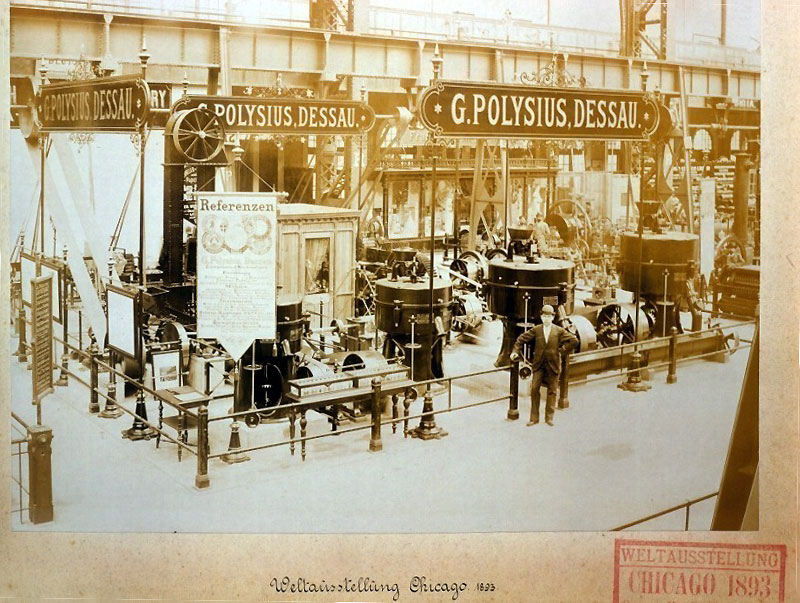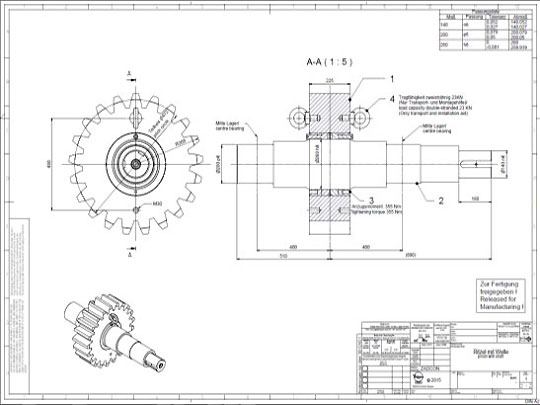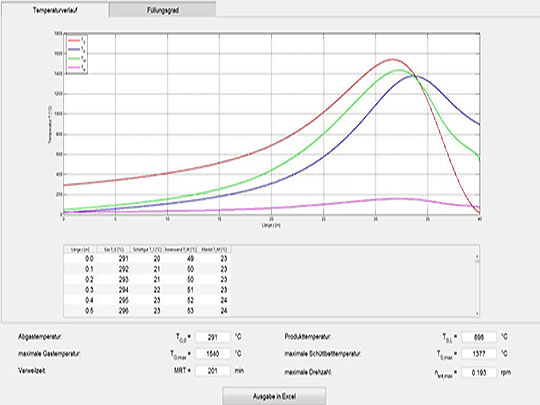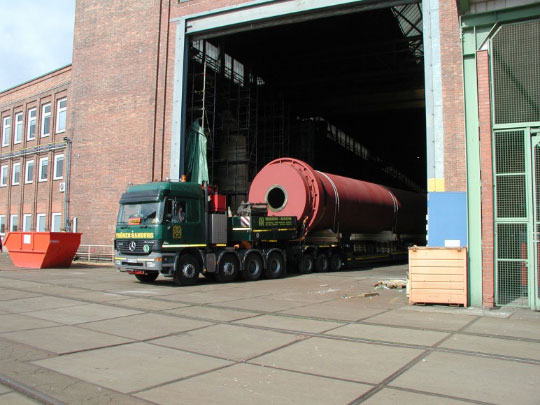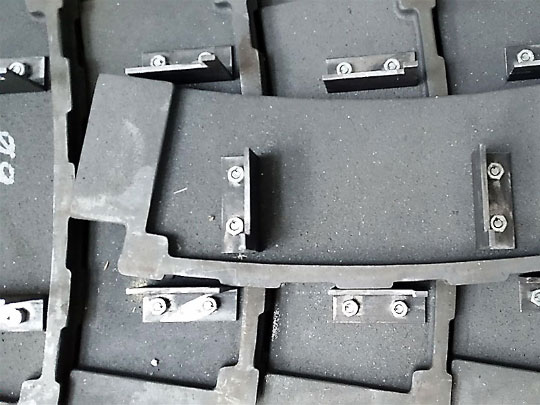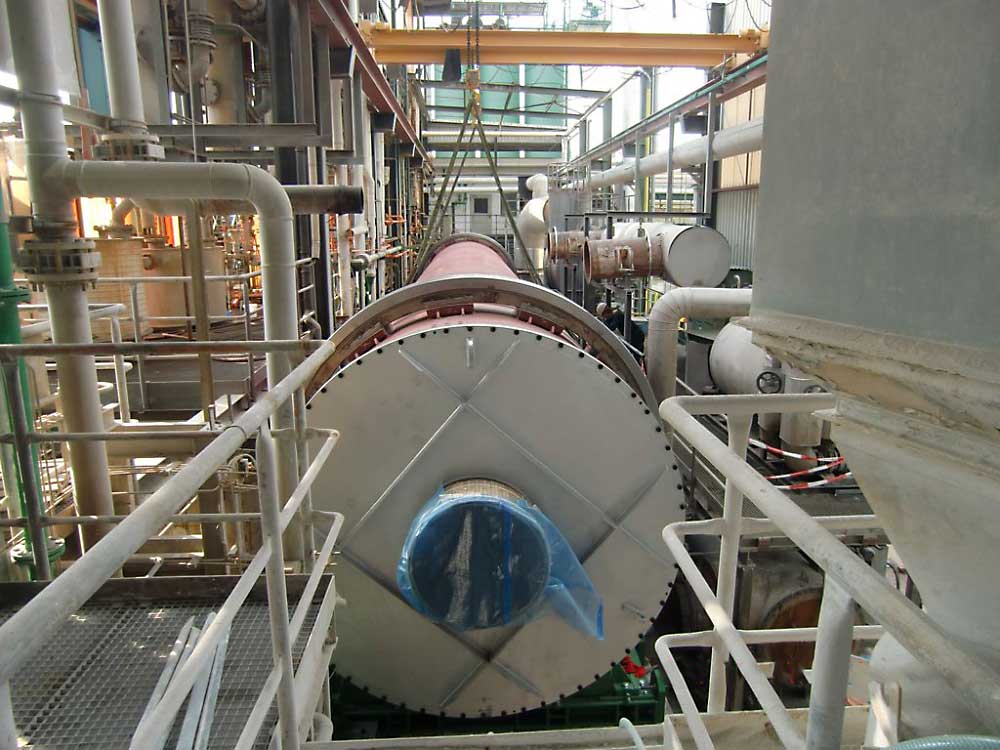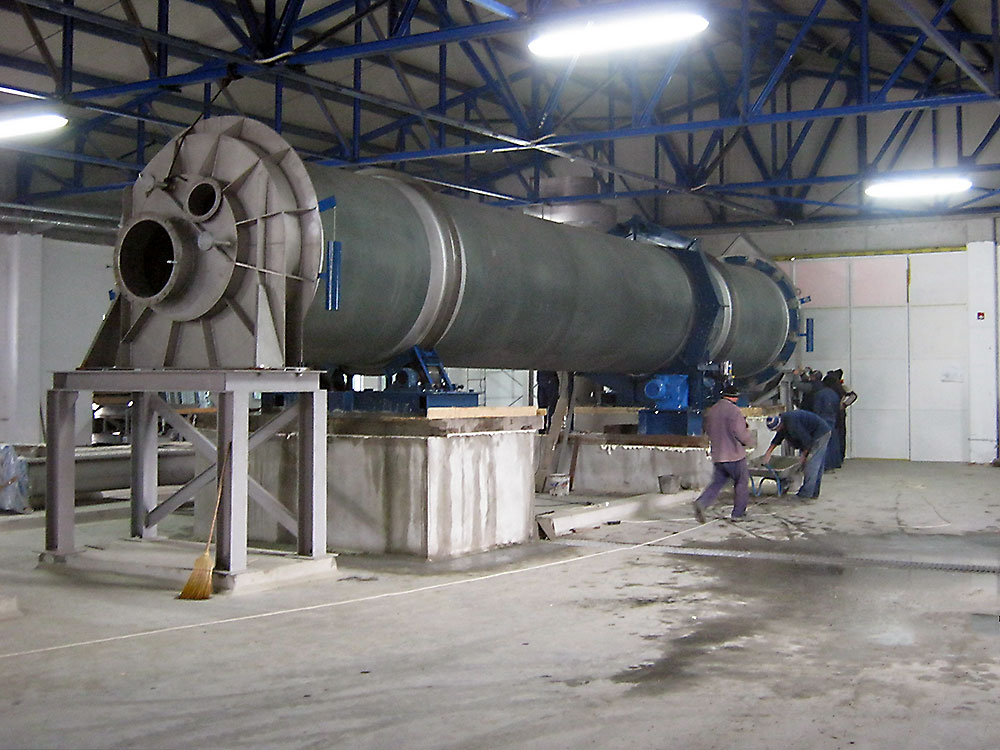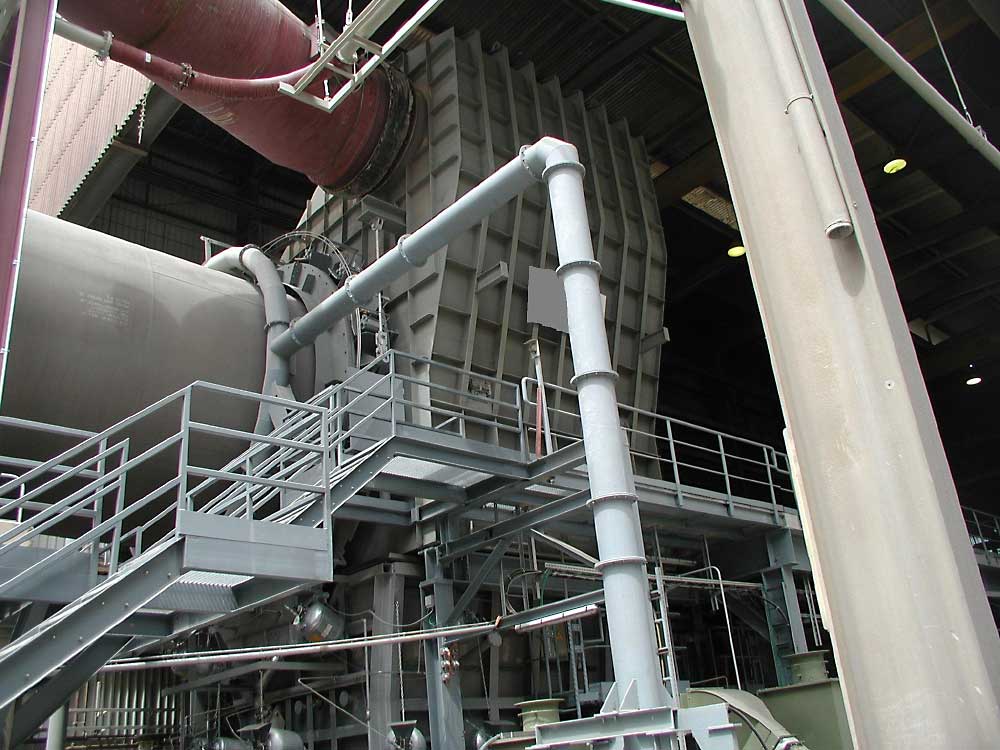The Production of Cement Plants in Dessau
The company existed under the name VEB Zementanlagenbau, since 1957 and was later incorporated in the heavy machinery union of the GDR. ZAB was a reputable brand and had produced and shipped more than 350 Systems internationally by the time of Germanys reunification.
On the 13th of August 1859 the master locksmith Gottfried Polysius announced the opening of a workshop in Dessau in the Lange Gasse 12. The little workshop quickly developed into a successful iron foundry and machine factory. After years of successful small-scale business the company Polysius, named after its founder, could buy up the machine factory Beckmann & Gebhardt. This property still belongs to industrial site in the centre of Anhalt and is called the old Plant, that is very rich in tradition. The physical basis for the growth to a large firm was thus laid. In the year 1890 the foundry already delivered 70 mill complexes i.a. to Switzerland and England. 1898 the companys first usable rotary kiln was put into service. With the kiln construction company Brennöfen Bauanstalt Hamburg being taken over in 1904 the next step was taken towards becoming a specialist company.
Only shortly thereafter Polysius sons Max and Otto presented their machines at the world fair in Chicago. The company had gone international.
The new century began with an outstanding amount of commissions. A second plant was built with a direct connection to the rail road. All in all there were nearly 400 employees. The first complete cement plant was delivered to Egypt in 1907 and a year later to China.
The initial success encouraged the leadership of the company to constantly expand the products delivered by the company for cement production or improve on the plant.
At the end of the 20s Georg Lellep and his co-worker Bernd Helming developed a new procedure that revolutionized cement production. They called it LEPOLÄ®. It made the cement burning much more efficient and reduced the fuel consumption by a third.
Max and Ottos sons Otto, Gustav, Walter, and Gottfried Karl then joined the company and supported their fathers. On July 1st 1928 the company became a stock company. The further development was characterized by the efforts to build up international trade relationships and the constant improvement of the technological production process.
Numerous patents testify this progress.
After the collapse of the Nazi dictatorship the family company was expropriated by the soviets in 1946.
After the second world war the workers and engineers strove to rebuild the virtually completely destroyed plant. The entire company was incorporated in the soviet stock corporation. The following years the products were delivered to the soviets as reparation.
Since the 1st September 1957 the company was called VEB Zementanlagenbau, or Cement Plant Engineering and Construction, Dessau and was later incorporated in the heavy machinery union of the GDR. This time was characterized by progress in the processes for the production of cement. These new processes were also mastered out of Dessau.
In the time period between the end of the war and the reunification a good 350 plants were constructed and delivered internationally. ZAB had become a very reputable company.
The acquisition of the plant by KHD HUMBOLDR WEDAG AG caused the birth of the daughter company HUMBOLDT WEDAG ZAB GmbH.

